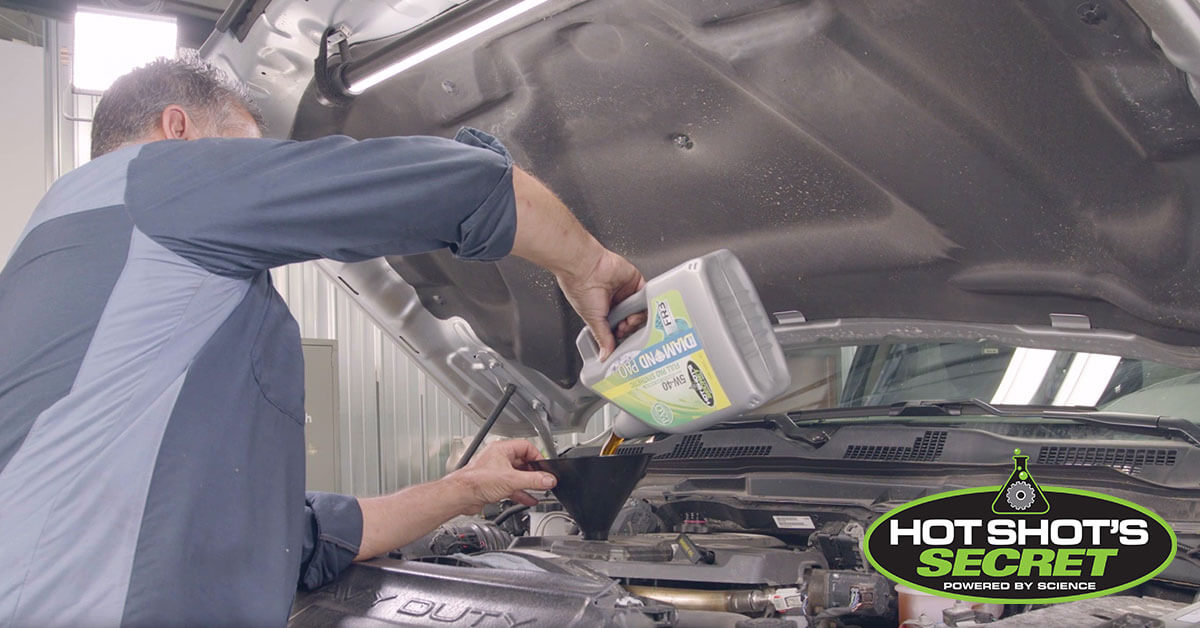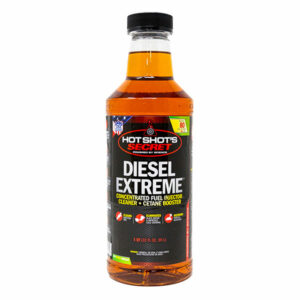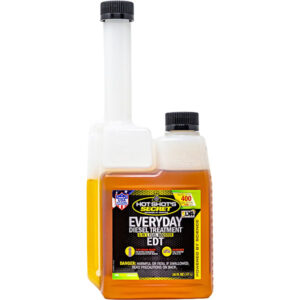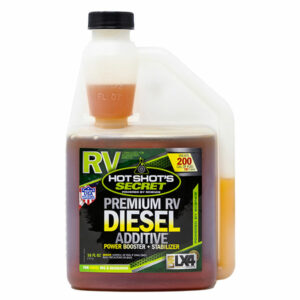
Many motorists view changing leaves and budding flowers as signs to change their engine oil. Why do drivers choose to change their oil in spring and fall? There are a few contributing factors.
Many people change their oil during these seasons because previous generations taught them to do so. For other drivers, the start of a season is an easy reminder to change their oil. Some may change their oil every six months, the rough timeframe between spring and fall. It could also be a combination of these reasons.
The History Behind Oil Change Seasons
Changing your oil every season was a necessity before the 1960s, and many drivers recall the era of winter-grade oil. During this time, cars required specially formulated motor oil for successful engine startup in cold weather. Many people switched to cold-weather-formulated oil for fall and winter, then returned to fresh, regular oil when spring rolled around.
In the 1960s, car manufacturers noticed the higher performance of full and blended synthetic oils compared to conventional crude oil. Despite the higher cost of these synthetic lubricants, the auto industry began turning to this better-performing alternative.
Since then, it has spread to many modern mainstream vehicles. Back in the day, it was standard to change your oil every 3,000 miles. However, synthetic oil options have stretched this interval more than 10,000 miles.
Today, multi-grade oil has mostly eliminated the need for spring and autumn oil changes. Modern oil can withstand a broad range of temperatures. Even so, many motorists choose to change their oil during these seasons for other reasons.
Signs It’s Time to Change Your Oil
Your engine contains several moving metal parts, which are prone to heat and friction. Motor oil lubricates these components to reduce friction and wear, lowering the risk of overheating and costly engine damage.
Your vehicle’s oil gradually collects dirt and grime, hindering its ability to lubricate engine parts. Regular oil changes help filter particles and contaminants that harm performance.
Most auto manufacturers recommend changing your oil every 6,000 to 10,000 miles. Your owner’s manual should include a recommended interval. Additionally, here are some signs that your vehicle might need an oil change:
- Knocking sound: Old or thin oil can cause a knocking sound in your engine as the vehicle moves.
- Dark oil: An oil change is in order if you notice dark, dirty and grainy oil on the dipstick since it’s likely collected too much dirt and grime.
- Check engine light: A glowing check engine light on your information display may be a sign to change your oil.
- Exhaust smoke: Smoke from your exhaust pipe can indicate your oil is in poor condition.
Hot Shot’s Secret Oil Additives
When changing your oil, consider using a high-performance oil additive from Hot Shot’s Secret. These oil additives protect metal components, improve the base motor oil and enhance performance.
Our oil additives include:
- The Original Stiction Eliminator: Stiction Eliminator removes harmful residue from gasoline and diesel engines’ components.
- FR3 Friction Reducer: FR3 Friction Reducer increases the host oil’s lubricating and wear reduction properties in any vehicle.
- TBN Booster: TBN Booster increases the oil’s viscosity and total base number (TBN) by replacing lost detergents to help your oil neutralize harmful acidic conditions in diesel engines.
Find the Best Oil for Your Oil Change at Hot Shot’s Secret
Whether you have a gasoline- or diesel-powered engine, you can maximize your vehicle’s efficiency with engine oils and oil additives from Hot Shot’s Secret. Our carefully tested formulas are scientifically proven to extend engine life span and performance. Browse our engine oils and oil additives to find the right solutions for your vehicle today!



